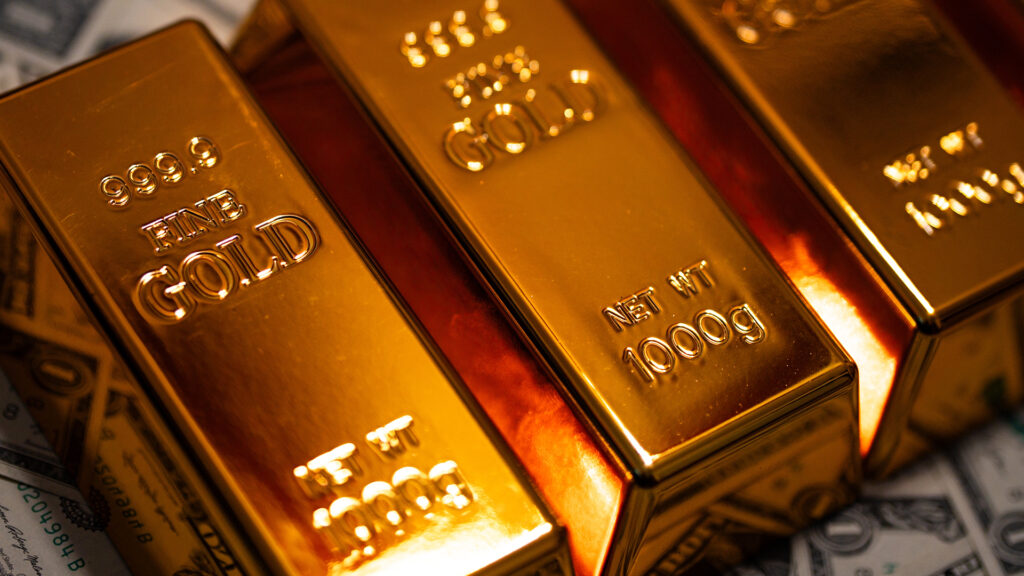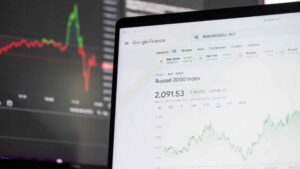Gold extended gains from last Friday, as weak economic data fueled rate cut bets in September from the Federal Reserve. Trade tensions also supported the precious metal, as US Trade Representative Jamieson Greer confirmed that sweeping tariffs imposed by President Trump on imports from nearly 70 countries are likely to remain in place, which sparked more inflation concerns.
The price of gold spot rose to $3,373 per ounce, up $73 (2.23%), from last Friday around the release of the weak NFP report that sparked rate cut hopes. Financial markets will now focus on the upcoming CPI report for July, which could be a heavy catalyst for gold.
Weak Economic Data Revive Hopes for A September Cut
The US economy added only 73,000 jobs in July, which was below the forecast of 110,000. May and June job numbers were also revised lower supporting the downtrend in the labor market continues. The unemployment rate rose to 4.2%, as labor market risks continue to rise. ⁽¹⁾
Manufacturing activity has continued to weaken, with June factory orders declining to 4.8% MoM, contributing to the economic slowdown. Also contributing to the weakness, the ISM Manufacturing PMI remained in contraction territory – the survey fell to 48 in July. The reading marked the fifth consecutive month of contraction in the manufacturing sector since October 2024. ⁽²⁾
However, GDP rebounded in Q2 at 3% after contracting 0.5% in Q1, with also retail sales rebounding in June. Consumer sentiment improved slightly to 61.7. ⁽³⁾
Federal Reserve Remains Cautious as Markets Wait for Clarity
The Federal Reserve kept rates steady at 4.5% during its previous meeting, as Chair Powell offered no clarity on future rate cuts. Powell also remains in a data driven approach, stating that new inflation risks emerged from tariffs.
The Chairman also stated that the Fed remains alert on labor market weakness and changes in inflation. He also stated that the current environment, especially when tariffs are in play, could create more uncertainty for the outlook of both growth and inflation.
Powell also stated that if the Fed cuts early, it could jeopardize the progress achieved on the inflation battle front. However, if the Fed kept waiting for too long, it could provide more risks to growth and the labor market. ⁽⁴⁾
Traders expect 63 basis points of rate cuts by the end of 2025, with an 87.8% chance of a rate cut that is priced in September, according to the CME FedWatch tool. Lower interest rates typically support gold, as it thrives in low-yield environments. ⁽⁵⁾
New Tariff Announcements, Driving Gold Up and USD Down
Gold was also supported by new tariff announcements by US President Trump, hence creating more uncertainty. The new tariffs announcements indicate tariff rates of 35% on Canada, 50% on Brazil, 20% on Taiwan, 39% on Switzerland and 25% or more on India as Trump threatens the country with higher rates if they continue to buy oil from Russia. ⁽⁶⁾
These tariffs are likely to remain in place on these targeted nations, which also contributed to bearish pressure on the US dollar alongside the weak NFP report, which fueled safe-haven demand for gold.
Gold Outlook and CPI Focus
Gold remains volatile, as the precious metal rebounded last week and has extended gains due to rising bets for a rate cut in September and ongoing trade tensions.
Citi has raised its gold price forecast over the next three months to $3,500 on the belief that near-term US growth and inflation outlook has deteriorated. The bank also said that US growth and tariff driven inflation risks are likely to remain high during the second half of 2025, which could contribute to more USD weakness, hence driving gold higher. ⁽⁷⁾
The upcoming CPI for July, which will be released on August 12, will be an important report which could shape the Fed’s next decision and gold’s path.



